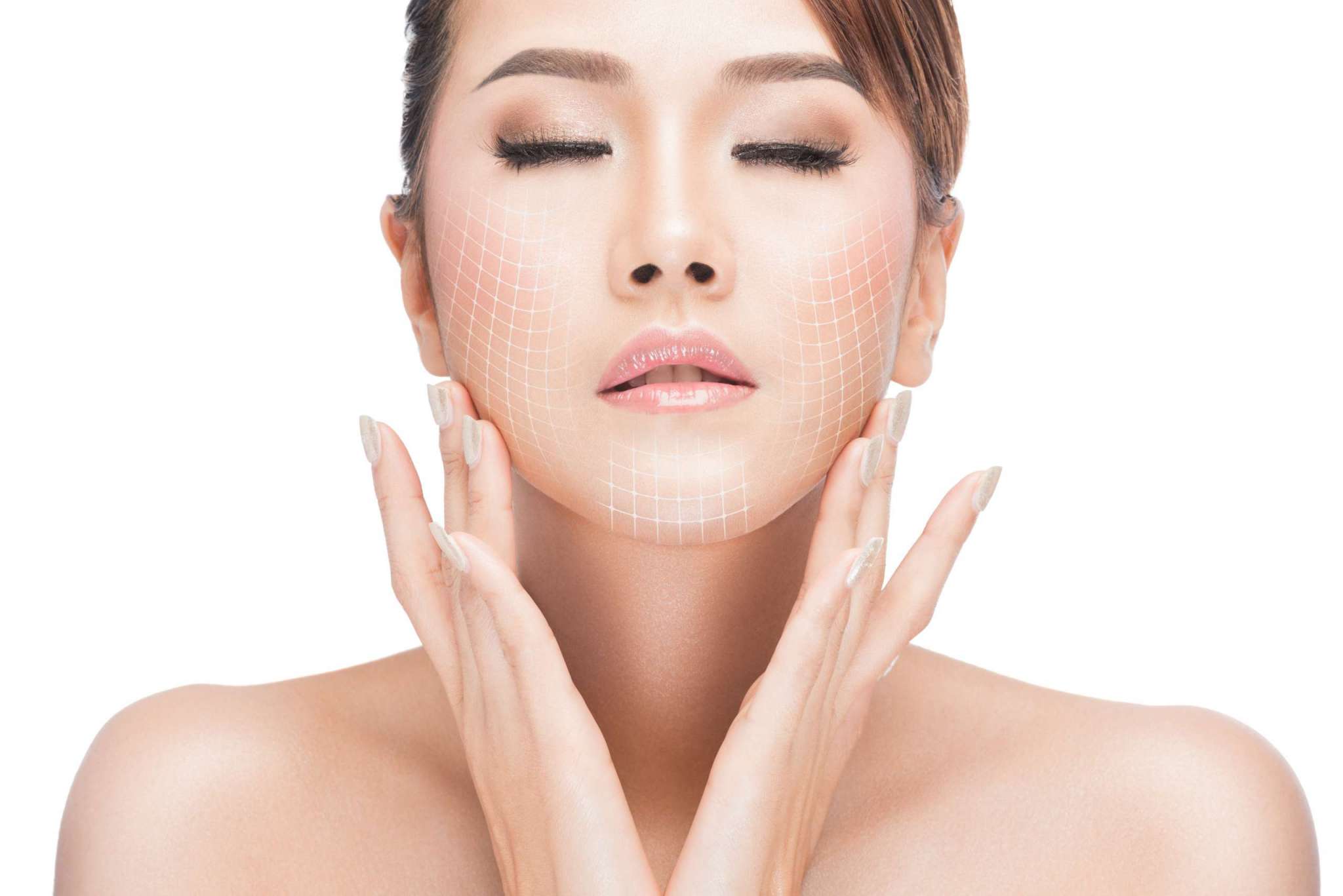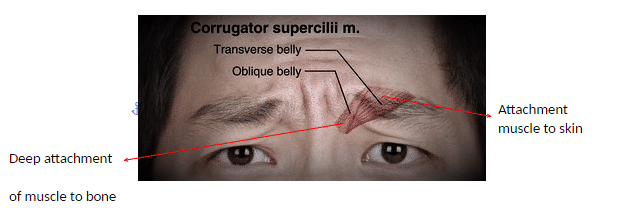Patients often come in with the complaint of lines and wrinkles on the face.
They also come in with requests for specific, in-demand or new treatments that have promises of getting rid of these wrinkles.
And indeed, there are many options available for the management of wrinkles, but what exactly works best? And best for what sort of anti-wrinkle treatment in Singapore?
The place to start is by understanding what issue you might have at hand, and then your expectations from management, as well as the time you have for any associated downtime.
Wrinkle
The term wrinkle is loosely used, and can often be used to label any line that lies on the skin.
The most basic way to define a wrinkle is by an indented line on the skin. This indentation is caused by the pull of the underlying muscle on the overlying skin.
These wrinkles are divided into two types:
i) Static Wrinkles: Lines on the skin that are present when the face is at complete rest.
 Pic 1. Static Wrinkles of the forehead and glabella
Pic 1. Static Wrinkles of the forehead and glabella
ii) Dynamic Wrinkles: Lines that only appear on the movement of the face
 Pic 2. Dynamic wrinkles of the head
Pic 2. Dynamic wrinkles of the head
Younger patients tend to only have issues with dynamic wrinkles, while patients who are older or have had much sun exposure tend to have static wrinkles, or more commonly, both issues.
Anti-Wrinkle Treatment in Singapore: How Do We Move the Face?
The first step to understanding the difference between the two types of wrinkles is by understanding how we are able to move our faces.
Muscles act in many directions to produce many different facial expressions. These muscles are able to do so as they are attached to two portions – to the deep bony skull (solid and unmovable) and the overlying mobile skin.
Fig 1. Muscle of the frown line within the glabella complex. When we frown, the muscle contracts and pulls the eyebrow and skin downward to its deeper attachment, producing the folds and lines seen here – ie. Dynamic wrinkling.
When these muscles contract, they pull the overlying skin towards its attachment on the deeper, unmovable bone. We are therefore able to smile, lift our eyebrows, squint, and so on.
When the overlying skin moves, the skin is compressed and folds, creating lines where the muscles beneath it pull on the skin hardest. This creates the dynamic wrinkling of the skin.
Over time, as the skin ages, the constant pull of the muscle on the skin results in a permanent indentation of the skin, creating the typical static wrinkles. The lines are permanent lines that do not go when the face goes back to its resting phase.
How Do We Manage Wrinkles?
Management, therefore, depends on the type of wrinkle we see – some modalities have an overlap in function, while some are highly specific.
Dynamic wrinkles:
The aim here is to reduce the activity of the muscle that produces these lines.
This is most effectively and almost exclusively managed with neuromodulators such as botulinum toxin (Xeomin, Botox, Dysport). These little particles act to reduce muscle contraction, thereby reducing the folds and hence line formation on movement.
Another great thing about this is that early management of dynamic wrinkles invariably helps prevent or reduce the formation of static wrinkles in the future.
Static Wrinkles:
These form primarily due to deteriorating skin quality and repeated facial movement.
Treatments that help with this include resurfacing and dermal remodelling techniques, including:
i) Ablative devices – like the carbon dioxide laser or fractional radiofrequency devices
ii) Non-ablative devices – no down-time, milder lasers or devices that require more sessions than their ablative cousins
iii) Biostimulators – including injectables such as Profhilo, Radiesse, and Rejuran
iv) Skin boosters – such as Redensity 1, with hyaluronic acid, amino acids, vitamins and minerals that boost skin quality
v) Soft fillers – beneath the lines to provide temporary support and blend them
The main aim in the management of static wrinkles is to achieve a long term improvement in skin quality, and this is typically achieved by resurfacing the skin or stimulating it.
New options such as Profhilo provide unparalleled results with minimum downtime and risk.
How Do We Decide on What to Do?
The wide availability of options often makes it confusing when deciding what should be done; often we take up treatments on offer, discount, or the newest and most exciting option.
That typically results in dashed hopes and unfulfilled expectations as each modality manages a rather specific issue; a proper understanding of your skin’s state and prioritisation of solutions ensures you get the best outcome for the money and time you invest in it.
Feel free to contact us if you’ve yet to find the proper solution for your problem!







